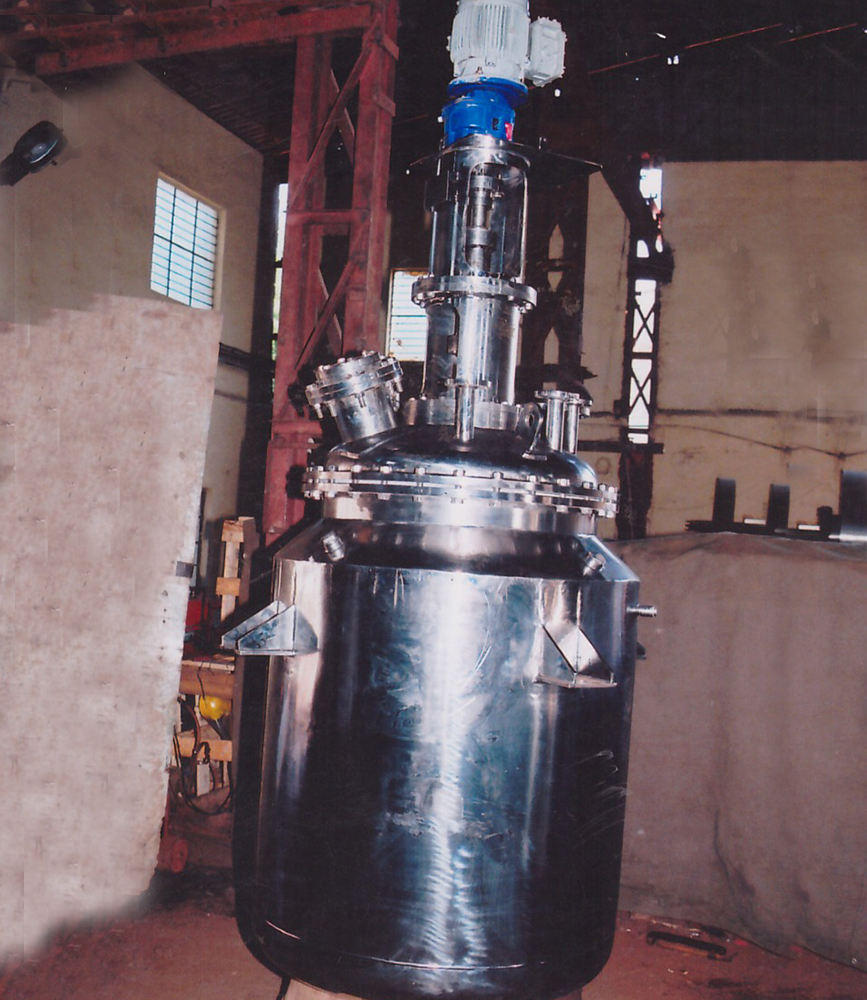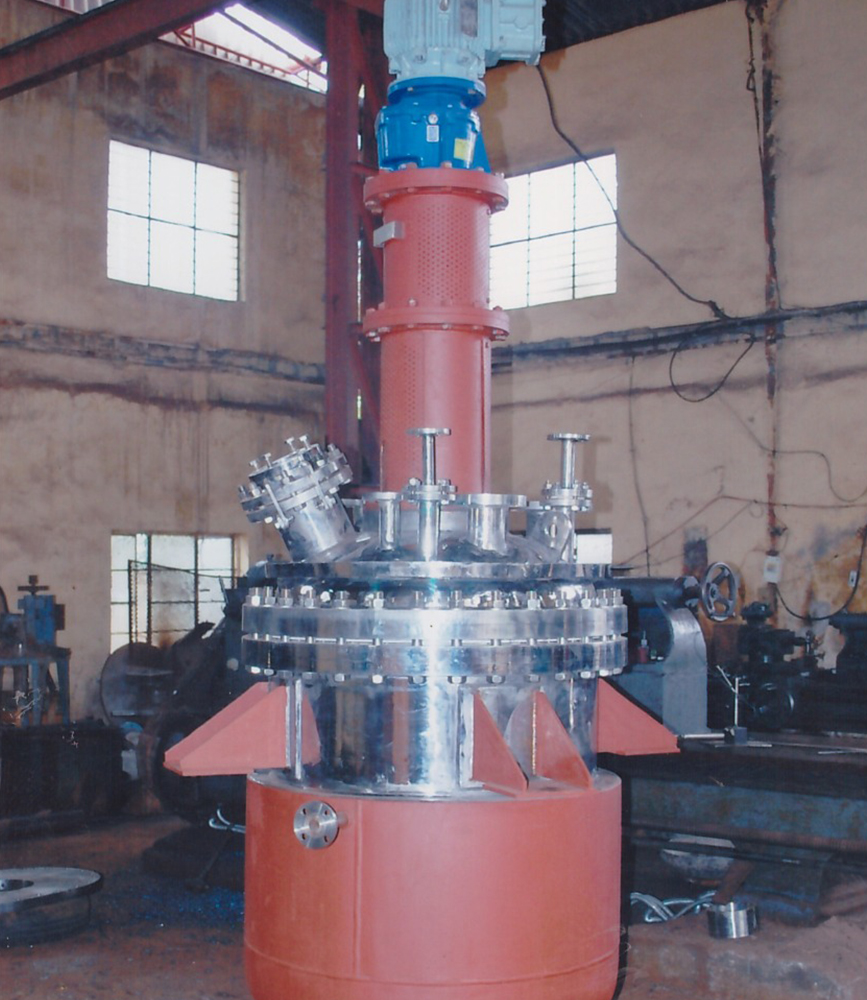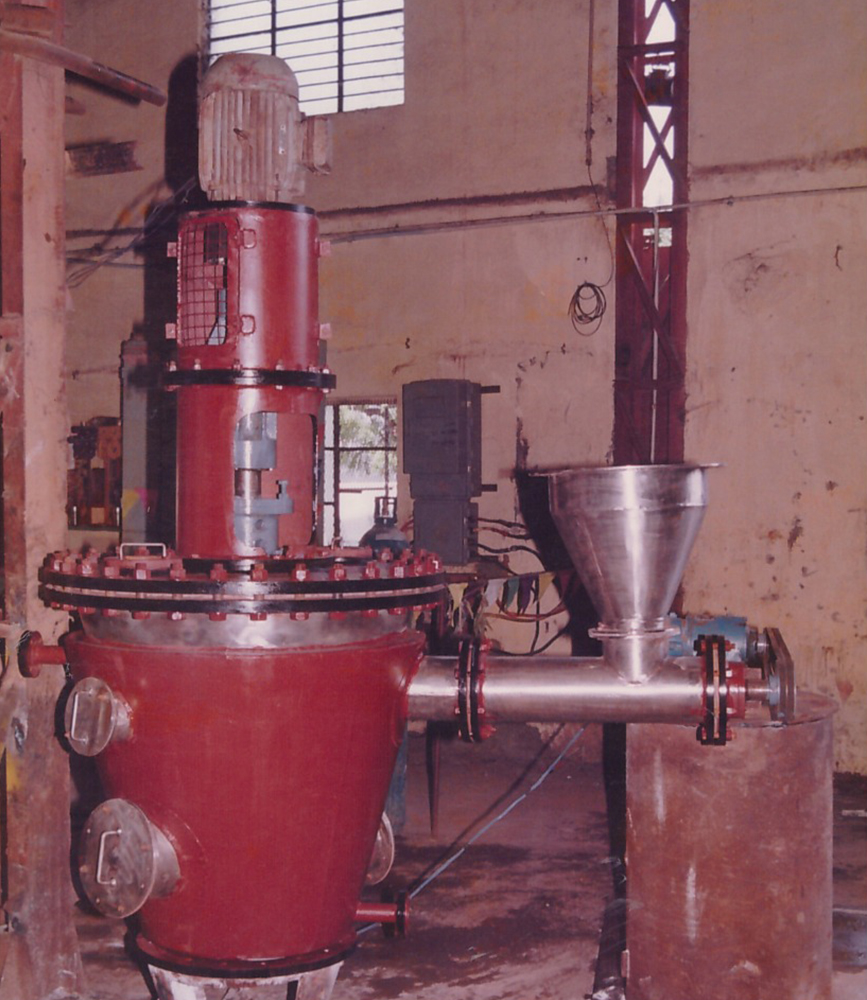- Do you need help? Here Us:
- +91 98857 04874
- mathesis@mathesis.co.in
CRYSTALLIZATION EQUIPMENT
Crystallizers Formation of Solid Particals within a homogeneous phase. they can process high purity products with a relatively low energy input.
Crystallization is a solid-liquid separation technique in which solid crystals are formed from a liquid solution, Magma or Mother Liquor. Crystallization is divided into two stages: primary nucleation and secondary nucleation. Primary nucleation involves the growth of new crystals. Secondary nucleation grows crystals and is the main stage that causes the mass production of crystals.
- Evaporative Crystallization Processes.
- Cooling Crystallization Processes.
Forced-circulation crystallizers are evaporative crystallizers. They create a supersaturated solution by evaporating the solvent of a saturated solution. The solute of this supersaturated solution then cools, forming crystals. These types of crystallizers are classified as mixed-suspension, mixed-product-removal (MSMPR) crystallizers. The key assumption of an MSMPR crystallizer is that the slurry is perfectly mixed and uniform throughout the system.
The feed slurry is first heated in a heat exchanger, then pumped to the main body of the crystallizer. Vaporization occurs at the top surface of the slurry, while nucleation occurs near the bottom of the crystallizer body. The crystals are removed and vaporized solvent is condensed and returned to the crystallizer body.
Draft tube baffle crystallizers are used in applications in which excessive nucleation occurs. Small, unwanted crystals(fines), are removed from larger particles using gravitational settling and recycled through the crystallizer again, resulting in maximum crystal recovery and larger crystals.
Draft tube baffle crystallizers have two distinct volumes. In the baffling region gravitational settling separates larger crystals from fines. The larger crystals settle between the baffle and draft tube, as shown below, and are removed in the product slurry, while the fines are recirculated after being redissolved in a heat exchanger. The evaporated solvent is then condensed, cooled, and returned to the region of active crystallization. used to control crystal size and characteristics.
Surface-cooled crystallizers combine a draft tube baffle crystallizer body with a heat exchanger. Slurry is drawn from the crystallizer body and then cooled before being pumped back into the crystallizer body.
These are the most useful for operations in which the solution’s boiling point is extremely high, or when such low temperatures are required that evaporation by vacuum is not possible.
Vacuum crystallizers use a condenser with a booster to maintain a vacuum inside the crystallizer body. This vacuum makes it possible to generate a supersaturated solution when very low operating temperatures are needed. Vacuum crystallizers may be continuous or batch. The batch vacuum crystallizer is particularly useful when processing materials that tend to grow on the walls of continuous crystallization equipment.
Scraped surface crystallizer consists of a jacketed pipe in which a cooling medium between the pipe wall and the jacket removes heat from the slurry, causing crystallization. Inside the pipe, large scrapers wipe the solid deposits from the wall to prevent buildup. Scraped surface crystallizers are often grouped together in assemblies.




